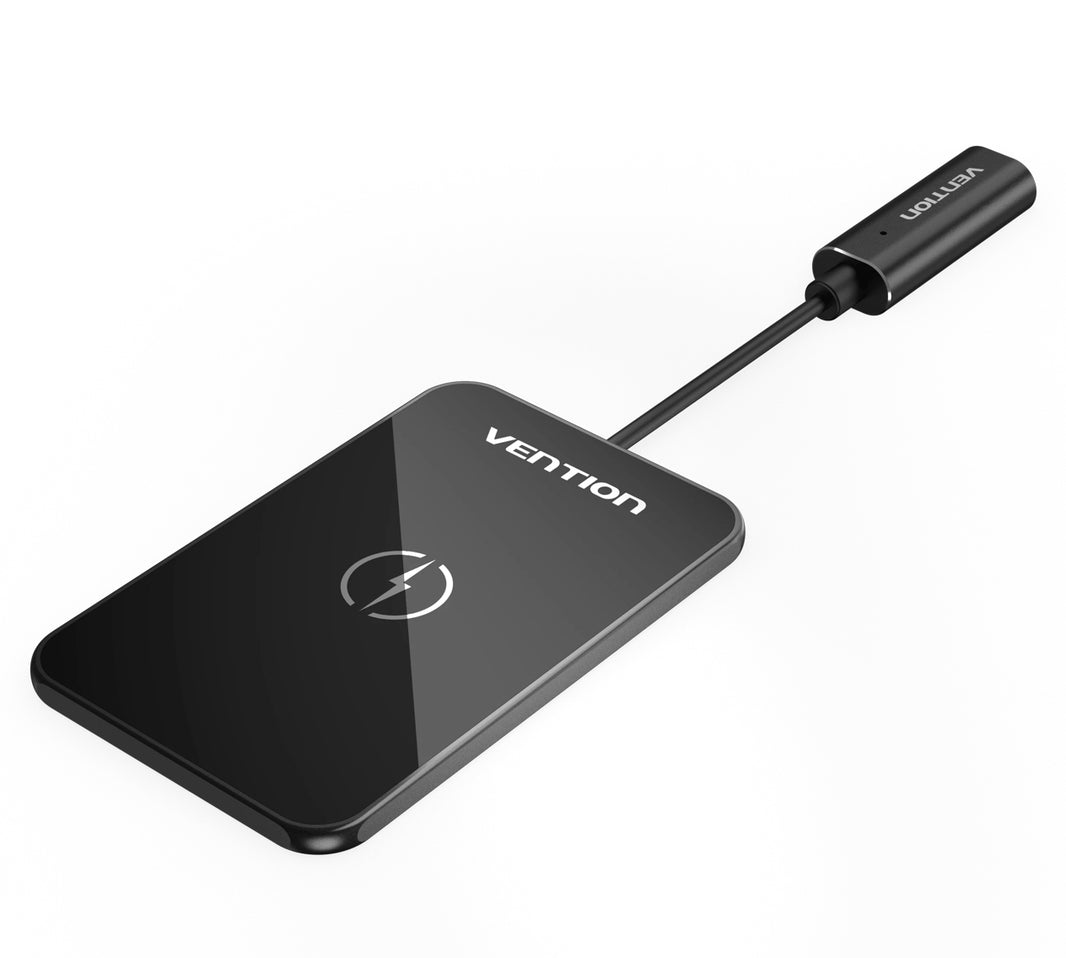In today's tech-driven world, our devices have become indispensable, making chargers a crucial accessory. But with the plethora of options available, selecting the right charger can be daunting. From fast chargers to wireless options, understanding the differences and knowing what suits your device best can save time, money, and ensure your gadgets remain in optimal condition. Here's a comprehensive guide to help you choose the right charger for your needs.
Understanding Different Types of Chargers
1. Standard Chargers
- Description: These are the basic chargers that come with most devices. They typically offer standard charging speeds and are suitable for everyday use.
- Best For: Regular charging needs without any rush. Ideal for overnight charging or when you don't need a quick power boost.
2. Fast Chargers
- Description: Fast chargers, also known as quick chargers, deliver a higher power output to charge devices more quickly. They use technologies like Qualcomm’s Quick Charge or USB Power Delivery (USB-PD).
- Best For: People who need their devices charged quickly. Ideal for busy professionals, travelers, or anyone frequently on the move.
3. Wireless Chargers
- Description: These chargers use electromagnetic fields to transfer energy between the charger and the device without the need for a cable. They often come in the form of pads or stands.
- Best For: Convenience and reducing cable clutter. Great for office desks or bedside tables for easy access.
4. USB-C Chargers
- Description: USB-C chargers offer faster charging and data transfer rates compared to older USB types. They are becoming the standard for many modern devices, including smartphones, tablets, and laptops.
- Best For: Newer devices that support USB-C. Ideal for those looking for a versatile charger that can handle multiple types of devices.
5. Portable Chargers (Power Banks)
- Description: These are battery packs that store power for later use, allowing you to charge your devices on the go.
- Best For: Travelers, outdoor enthusiasts, and anyone who spends long periods away from power outlets.
Factors to Consider When Choosing a Charger
1. Compatibility
- Ensure the charger is compatible with your device. Check the voltage and amperage requirements specified by your device manufacturer. Using an incompatible charger can damage your device or reduce its charging efficiency.
2. Charging Speed
- Different devices support different charging speeds. For instance, some smartphones can handle fast charging, while others cannot. Always check your device’s specifications to understand the maximum charging speed it supports.
3. Cable Quality
- The quality of the charging cable can significantly affect the charging speed and safety. Look for cables with good insulation and robust connectors to avoid issues like overheating and short circuits.
4. Safety Features
- Opt for chargers with built-in safety features such as overcharge protection, temperature control, and short-circuit prevention. These features help protect both your charger and your device.
5. Brand and Reviews
- Stick to reputable brands known for their quality and reliability. Reading reviews from other users can also provide insights into the charger’s performance and durability.
Choosing the Right Charger for Different Devices
1. Smartphones
- For modern smartphones, a fast charger with USB-PD or Quick Charge technology is often the best choice. If your phone supports wireless charging, a Qi-certified wireless charger can add convenience to your daily routine.
2. Tablets
- Tablets generally have larger batteries than smartphones, so a higher-wattage charger, preferably with USB-C, is recommended for faster charging times.
3. Laptops
- Many newer laptops, especially ultrabooks and MacBooks, support USB-C charging. A high-wattage USB-C charger (45W or higher) is ideal to ensure efficient charging.
4. Wearables (Smartwatches, Fitness Trackers)
- These devices typically come with their own proprietary chargers. It’s best to use the charger provided by the manufacturer or ensure that any third-party charger is specifically designed for your wearable device.
5. Gaming Devices
- Portable gaming devices like the Nintendo Switch often support USB-C charging. A high-output USB-C charger or power bank is perfect for keeping your game uninterrupted.
Conclusion
Choosing the right charger for your devices is more than just a matter of convenience—it’s about ensuring the longevity and optimal performance of your gadgets. By understanding the different types of chargers available and considering factors like compatibility, charging speed, and safety features, you can make an informed decision that best meets your needs. Whether you’re looking for the speed of a fast charger, the convenience of a wireless charger, or the versatility of a USB-C charger, there’s an option out there to keep your devices powered up and ready to go.







